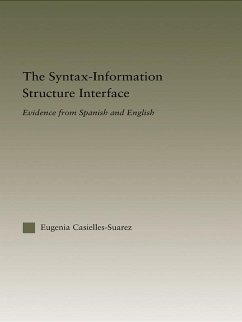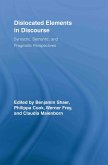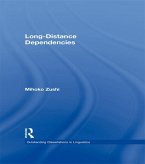Central questions addressed are the analysis of subjects in Spanish and English (DP vs. NP and null vs. preverbal vs. postverbal) and the nature of constructions such as topicalization, left-dislocation, and focus preposing.
Dieser Download kann aus rechtlichen Gründen nur mit Rechnungsadresse in A, B, BG, CY, CZ, D, DK, EW, E, FIN, F, GR, HR, H, IRL, I, LT, L, LR, M, NL, PL, P, R, S, SLO, SK ausgeliefert werden.









